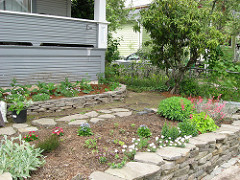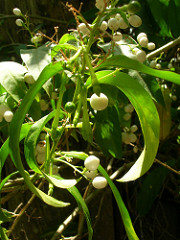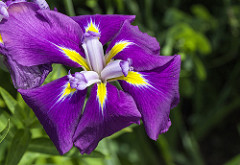What is the Superfood Kale?
One of our favorite plants to grow with Native Soil in San Diego is the superfood kale.
Kale has some amazing health benefits and is relatively easy to grow in most of the San Diego microclimates year round. Now, while we’re crazy about digging in the dirt, science and manufacturing, I’m not going to pretend that we are the best fitness experts. So here is Mitch from Fitness Radar to tell us about just a few of the health benefits of the superfood kale.
And remember, if you’re in San Diego and want to get seriously health crazy? Try mixing a superfood kale and local seaweed salad. Come to think of it I know what’s going on the plate tonight. Nothing says a warm holiday like a little superfood.
—
Health Benefits of Kale
Did you know that Kale is probably the king of all greens? Kale is loaded with Vitamins such as B6, Vitamin a, c, k manganese, calcium, copper, potassium magnesium iron..I could go on for days it’s like a living breathing vitamin store lol This green leafy vegetable sometimes comes in purple can have a smooth or curly appearance is a part of the cabbage family. and is related to broccoli collard greens and Brussels sprouts they must have very steamy family reunions lol! Kale contains very little fat is low in calories and has a bitter taste when eaten raw. (Don’t worry, you get used to it. We did!)
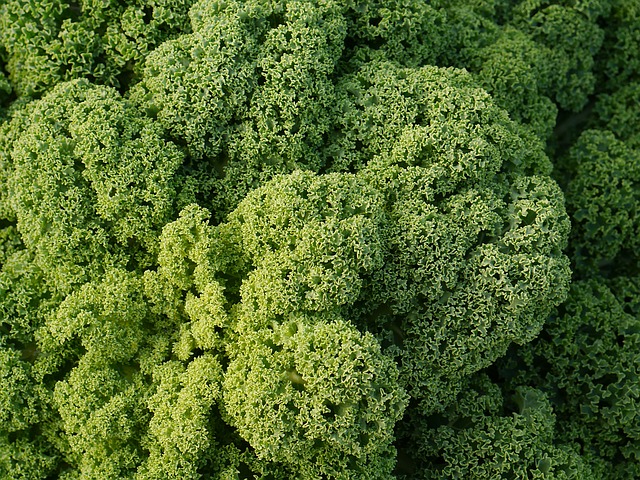 The benefits of kale are high in antioxidants Lowers cholesterol helps eyesight is 4 and a half times the amount of vitamin c than in spinach and A single cup of raw kale actually contains more vitamin C than an orange. There are many ways to eat kale You can sauté it or add it to salads you can bake it with some and salt for some kale chips and you can definitely add it to a smoothie so it is very versatile Click the card up here or the link in the description for the playlist of all of the other fruits, vegetables, and vitamins that we are going to be covering.
The benefits of kale are high in antioxidants Lowers cholesterol helps eyesight is 4 and a half times the amount of vitamin c than in spinach and A single cup of raw kale actually contains more vitamin C than an orange. There are many ways to eat kale You can sauté it or add it to salads you can bake it with some and salt for some kale chips and you can definitely add it to a smoothie so it is very versatile Click the card up here or the link in the description for the playlist of all of the other fruits, vegetables, and vitamins that we are going to be covering.
Don’t forget to subscribe then hit the bell next to it to receive updates when we post new videos. Until next time, stay focused stay fit please hit the like button show your support. I’m Meech with the Fitness Radar salute! .
Want to learn more about how to grow superfood like kale in your own home using Native Soil? Sign up below for more tips, tricks and discounts!
[rainmaker_form id=”530″]
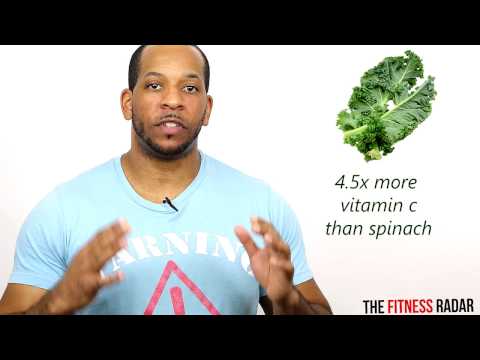


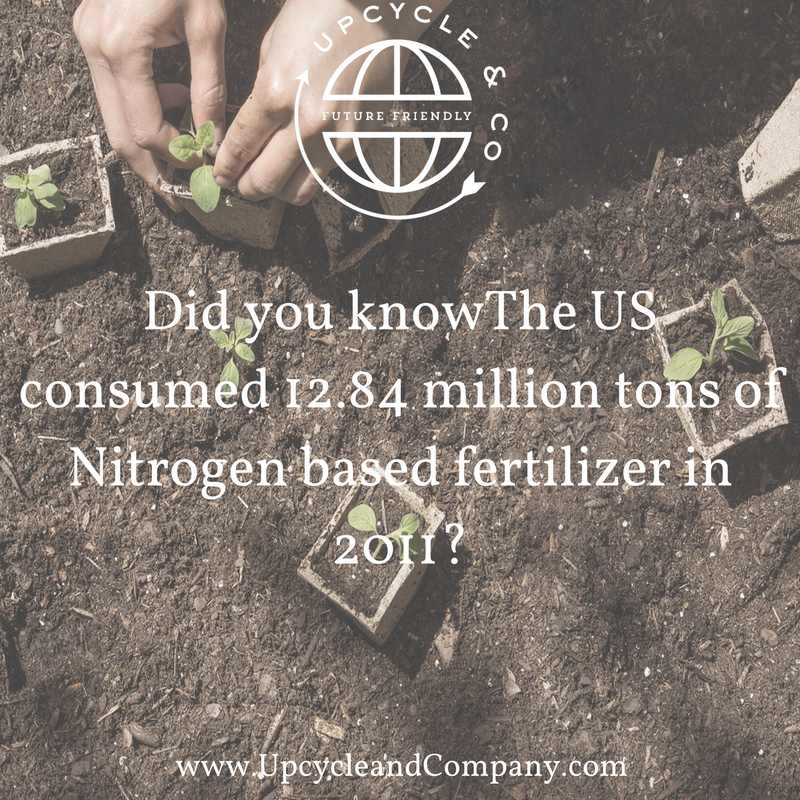

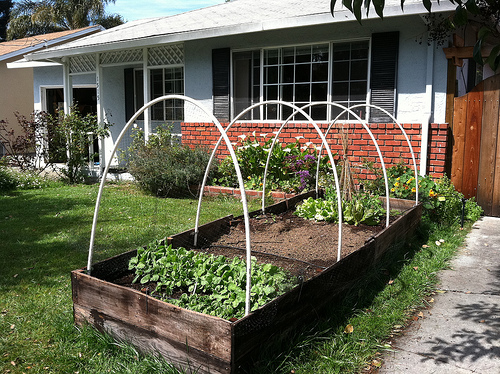
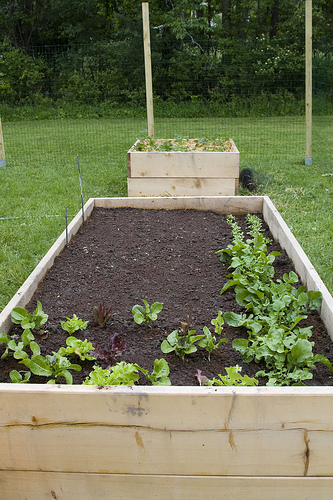
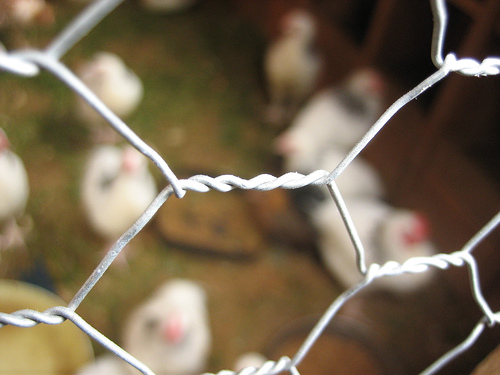
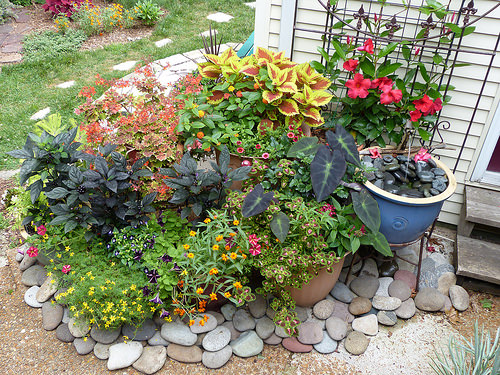
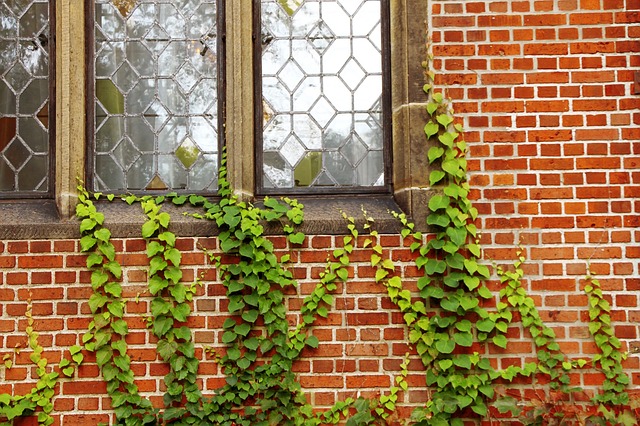 These types of plants can climb anything, which makes them perfect for covering up a wall or fence that needs to be hidden. You may also be interested in training them over an arbor or trellis. You can also grow them among existing landscape trees and plants. There are those that have to be fixed to a support, but others will find a surface to cling to all on their own through twining stems or tendrils. Some climbers that have proven to be reliable are honeysuckle, jasmine, wisteria, clematis, and climbing roses.
These types of plants can climb anything, which makes them perfect for covering up a wall or fence that needs to be hidden. You may also be interested in training them over an arbor or trellis. You can also grow them among existing landscape trees and plants. There are those that have to be fixed to a support, but others will find a surface to cling to all on their own through twining stems or tendrils. Some climbers that have proven to be reliable are honeysuckle, jasmine, wisteria, clematis, and climbing roses.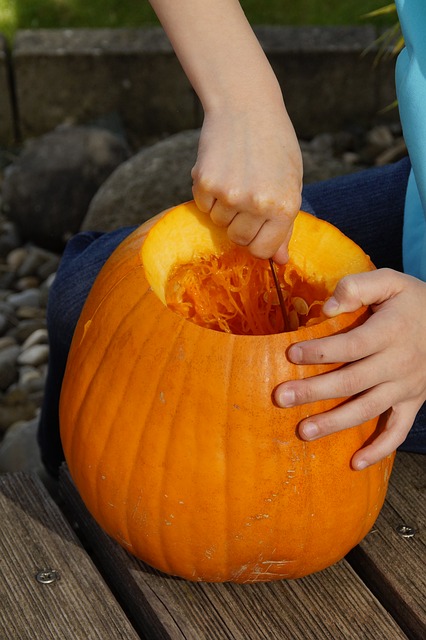
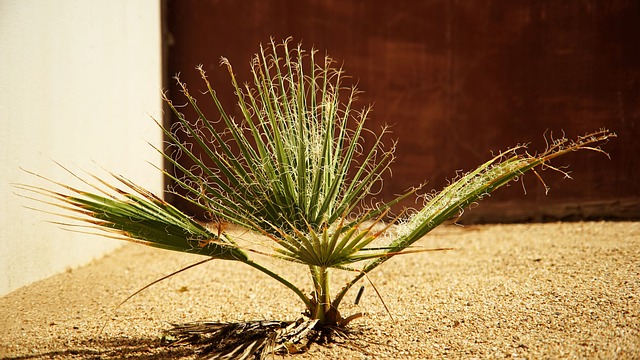
 Starting seedlings in pots before planting in your garden is a smart idea. Once the plant is hardy enough, plant it in your garden. In addition, you can shorten the intervals between your plantings. You will have healthy seedlings that are ready to be planted when you get rid of old plants.
Starting seedlings in pots before planting in your garden is a smart idea. Once the plant is hardy enough, plant it in your garden. In addition, you can shorten the intervals between your plantings. You will have healthy seedlings that are ready to be planted when you get rid of old plants.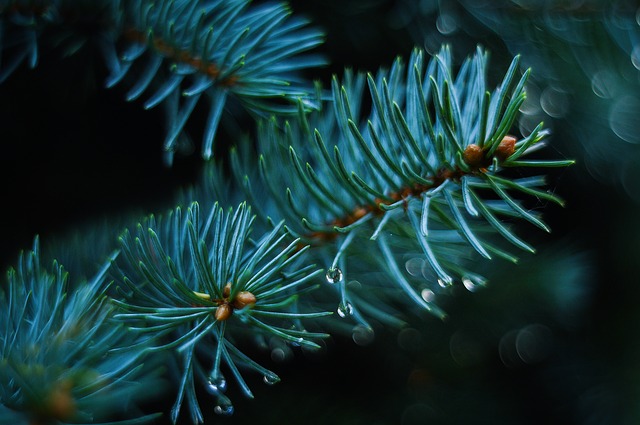
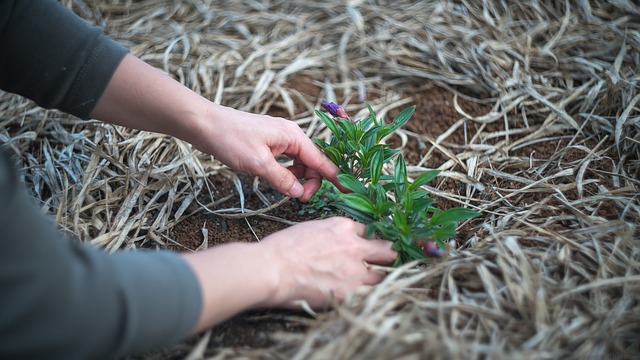
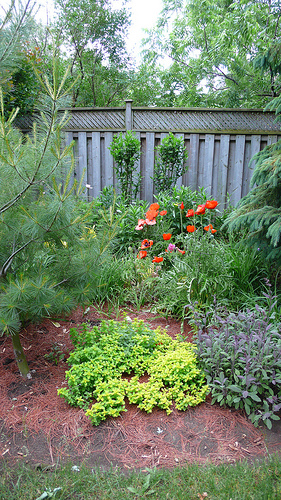
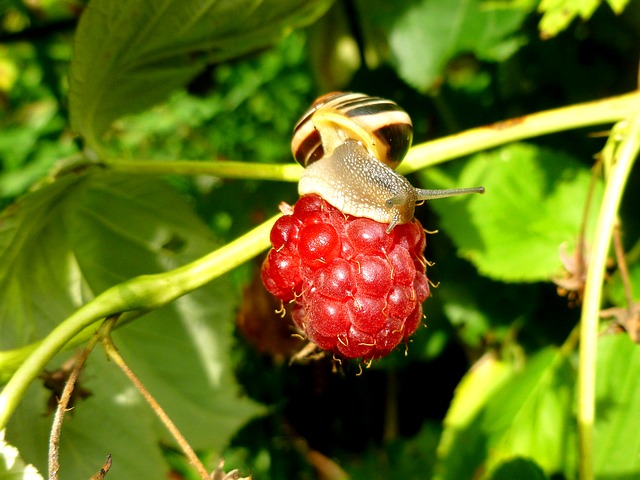 Some perennials are not preferred meals for snails and slugs, especially if their foliage is hairy and tough, or tastes bad. These varieties include achillea, helleborus, heuchera, euphorbia, and campanula.
Some perennials are not preferred meals for snails and slugs, especially if their foliage is hairy and tough, or tastes bad. These varieties include achillea, helleborus, heuchera, euphorbia, and campanula.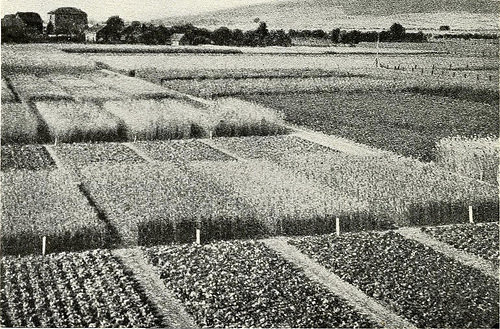
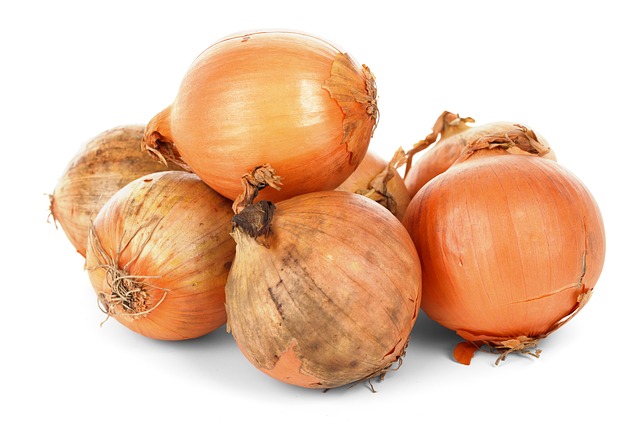
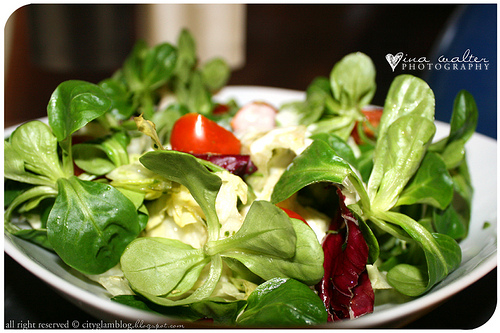
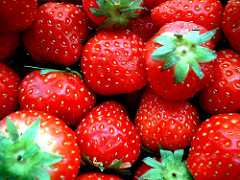
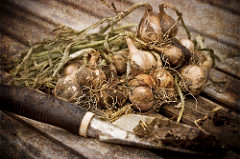
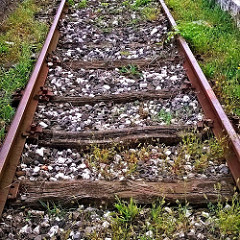

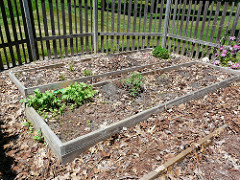
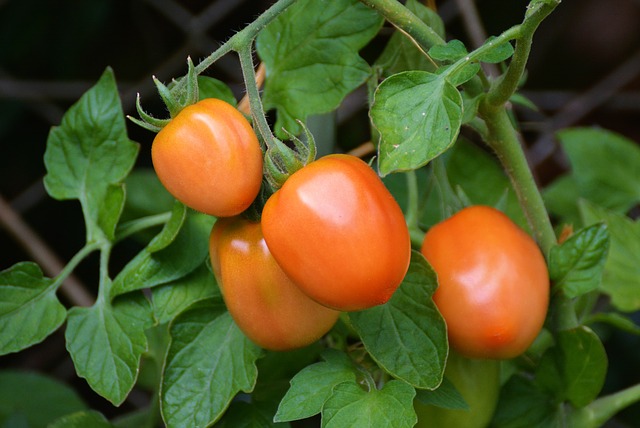
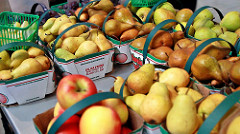
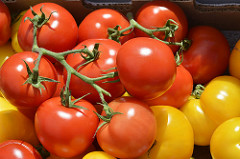
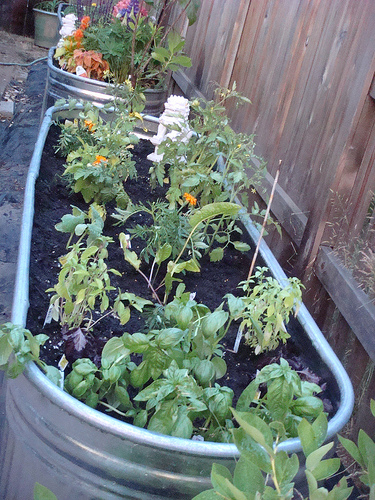
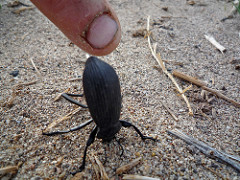
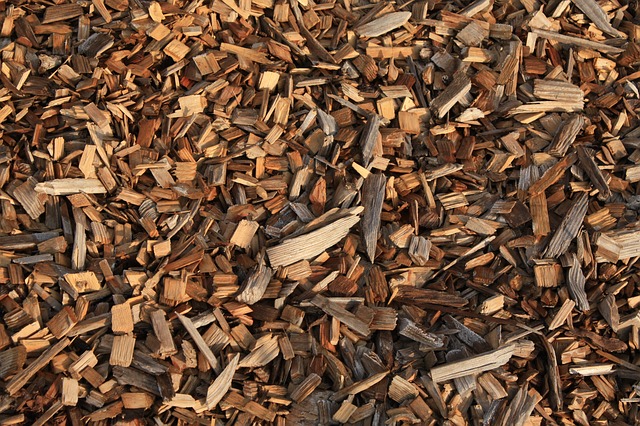
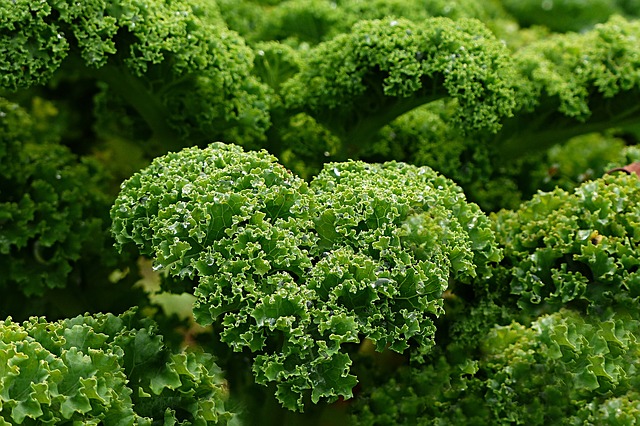
 Sometimes the soil you want to use for your garden has a high alkaline or salt content. Outside of using Native Soil, combine coffee grounds with the soil to reduce this. Basically, the grounds resupply the soil with acid. This is one of the most inexpensive ways to achieve this result. When you can eliminate excess alkaline from the soil, it makes what you are growing much healthier. This means your veggies will taste better, and your flowers will be more vibrant than ever.
Sometimes the soil you want to use for your garden has a high alkaline or salt content. Outside of using Native Soil, combine coffee grounds with the soil to reduce this. Basically, the grounds resupply the soil with acid. This is one of the most inexpensive ways to achieve this result. When you can eliminate excess alkaline from the soil, it makes what you are growing much healthier. This means your veggies will taste better, and your flowers will be more vibrant than ever.